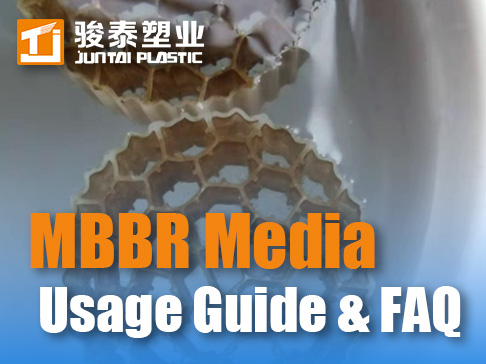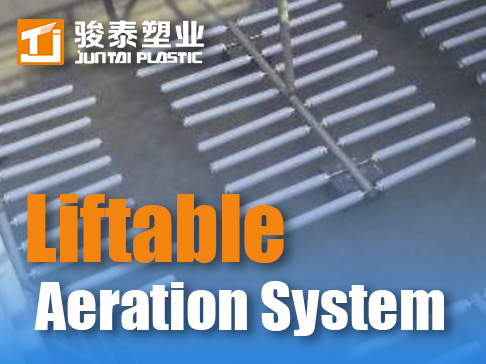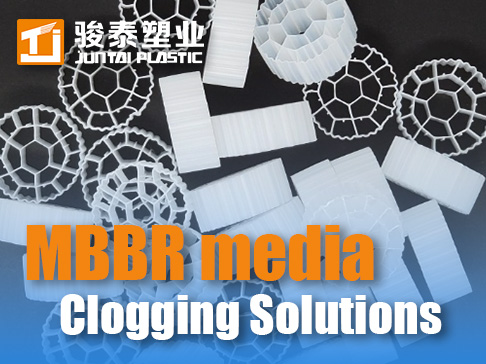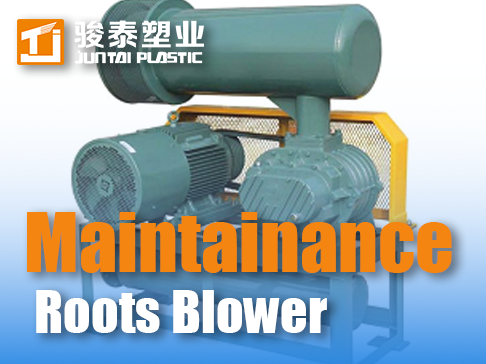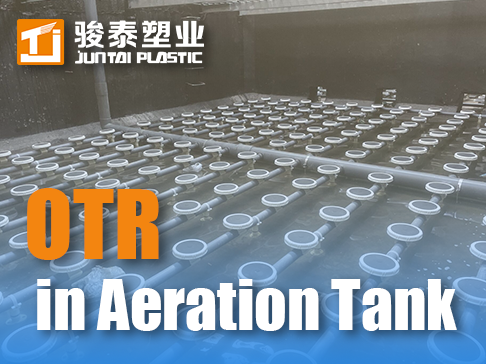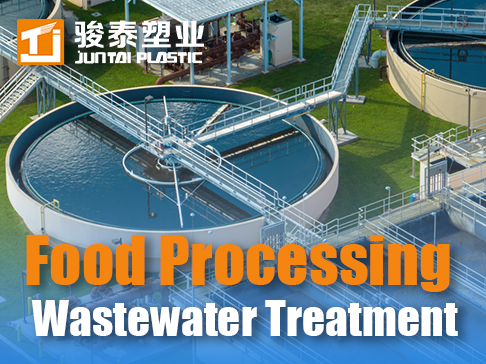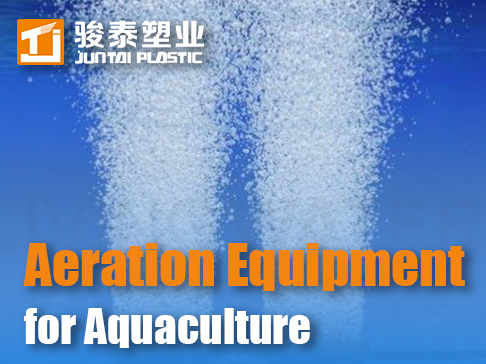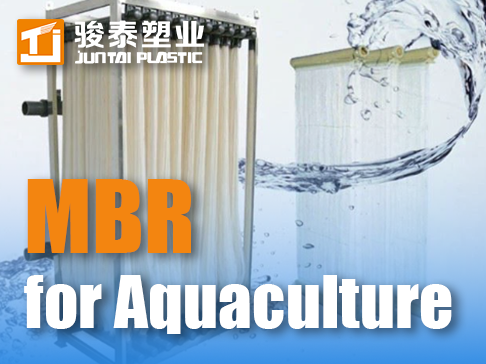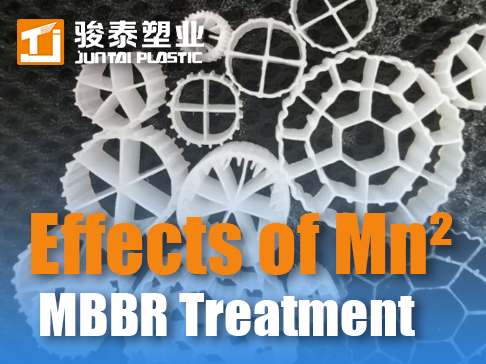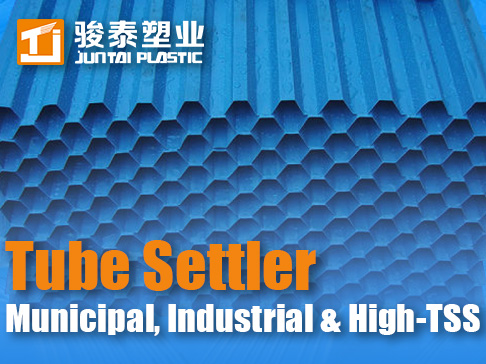 +86 13600513715
+86 13600513715 Key Equipments in RAS: Essential Components for Modern Aquaculture
Overview
Recirculating Aquaculture Systems (RAS) represent a significant advancement over traditional aquaculture methods by recycling and reusing water, minimizing environmental impact, and optimizing production efficiency. Unlike conventional open-water farming, RAS relies on a controlled environment where water quality, temperature, and oxygen levels are precisely regulated. This approach requires specialized equipment to maintain optimal conditions, including biofilters, oxygenation systems, water pumps, and advanced monitoring technologies. These components work together to ensure sustainable, high-density fish farming while reducing water consumption and waste discharge.
So we are glad to introduce Key Equipments in RAS for your reference.
Key Equipments
1. Automatic Control Microscreen Filter
The Durm Filter is a key device for removing large suspended solids and impurities, with a removal efficiency exceeding 70%. The main components of this automatic control microscreen filter are made of 316L stainless steel, making it suitable for seawater operations. It features a drum diameter of 1400 mm, a drum length of 1700 mm,atotalfiltration area of 5.96 m², andaneffective filtration area of 2.68 m², with a filtration precision of 100 mesh and a flow rate of 400 m³/h.
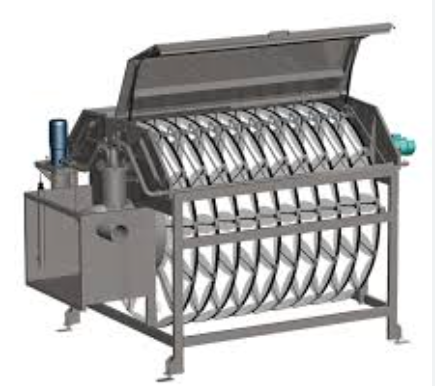
Its major improvements over traditional models include:
- Replacing single-end drive with a central shaft drive system
- Using a modular stepless speed variator
- Incorporating automatic water level control and auto-backwashing for water and energy savings
- Enhanced durability (over twice the lifespan of conventional microscreen filters)
- Reduced maintenance and adjustment time due to smooth operation and low noise
2. Protein Skimmer
The protein skimmer removes organic matter and proteins from water before they decompose into harmful substances like NH₃/NH₄⁺ , achieving a removal rate of over 70%. During foam fractionation, ozone is introduced into the skimmer, utilizing its strong oxidizing properties to convert toxic compounds (such as NH₃ andNO₂⁻ )into harmless nitrates (NO₃⁻ ). Additionally, part of the NO₃⁻ is converted to N₂ and released, preventing excessive nitrate accumulation.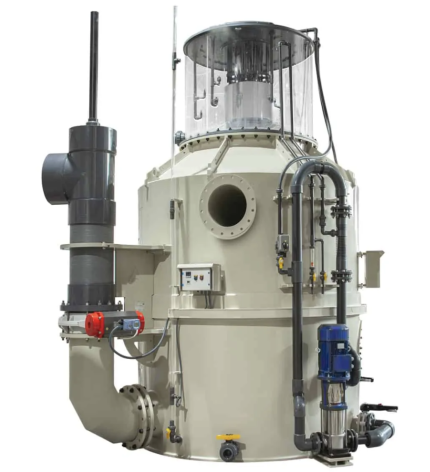
3. High-Efficiency Filter
This fully automatic comet fiber Media Filter uses comet-shaped fiber material as the filtration medium and supports both automatic and manual control modes for flexible operation. Key performance metrics include:
- Filtration speed: 80 m/h
- Turbidity removal rate: 90%
- Backwash water consumption: 1.9%
- Residual sludge rate: 1.5%
- Removal rate for particles >5 μm: 91%
Comparison with conventional sand filters:
- Traditional sand filters operate at 20 m/h, requiring larger volumes and offering lower efficiency.
- The rapid sand filter (diameter: 1800 mm)uses a single-layer quartz sand medium (grain size: 0.8 mm, volume: 1.8 m³).
- Filtration area: 2.54 m²
- Filtration speed: 60 m/h
- Designed flow rate: 150 m³/h
- Operating pressure: 0.4 MPa
- Backwash parameters:
- Water intensity: 20–40 m³/(m²·h)
- Water pressure: 0.1–0.15 MPa
- Duration: 8 min
- Air intensity: 8–15 m³/(m²·h)
- Air pressure: 0.03–0.07 MPa
- Duration: 5 min
- Water consumption: <2%
4. Biofilter (Biological Purification Tank)
The biofilter is a critical component in RAS, determining the success of high-density aquaculture. Its primary function is to eliminate soluble pollutants, with biofilm processes being the most cost-effective method for ammonia removal.
A two-stage biological purification system can be employed:
First stage: Uses block-type composite bio-media with a specific surface area of 200 m²/m³
Second stage: Utilizes microporous purification panels (specific surface area: 2100 m²/m³)
Total biofilter volume: 100 m³ (accounting for 1/10 of the total Aquaculture Water volume)
5. High-Efficiency Oxygenation Tank
The high-efficiency oxygenation tank has a diameter of 1800 mm and a flow rate of 400 m³/h. Oxygen with a purity exceeding 90%, supplied by an oxygen generator, is injected into the water-gas mixing chamber via a Venturi aerator installed at the tank's base. The chamber is filled with plastic step rings to enhance gas dissolution, achieving a dissolved oxygen (DO) level above 10 mg/L. A tail gas recovery system at the top of the tank captures and recycles undissolved oxygen, improving efficiency.
6. Molecular Sieve Oxygen Generator
A key lesson from France’s industrialized aquaculture success is the emphasis on high-intensity oxygenation, which significantly boosted production nationwide. By maintaining supersaturated oxygen levels in fish tanks, fish exhibit enhanced activity, stronger appetite, and accelerated growth, improving both health (reducing disease susceptibility) and muscle development.
Currently, two primary methods supply oxygen to aquaculture systems:
- Liquid oxygen
- Oxygenproduced by generators
The molecular sieve oxygen generator delivers stable oxygen purity ≥90% and has been widely adopted in modern RAS due to its reliability and efficiency.
7. Ultraviolet (UV) Sterilization
The modular UV disinfection system integrates multiple high-intensity UV lamps into a channel, submerging them directly in water. The number of modules can be adjusted based on water flow rate. Key advantages include:
- Strong sterilization capability
- Lowoperational cost
- Easyinstallation and maintenance
- Remoteoperation support
Technical specifications:
- Powersupply: 220 V, 50 Hz
- Lampoptions: 30 W or 40 W per tube
- Wavelength: 253.7 nm
- Lifespan: >10,000 hours
8. Ozone Disinfection
Ozone treatment is widely used in aquaculture for its broad-spectrum sterilization, ability to oxidize organic matter (reducing COD and ammonia), remove heavy metals, and increase dissolved oxygen. While highly effective against pathogens, residual ozone—even at low concentrations—can harm fish. Research highlights:
- Shrimp tolerate ozone better than fish.
- Fishlose balance at 0.03 mg/L; exposure to >0.05 mg/L for 24 hours is lethal.
- Ozone's half-life in seawater: 20 minutes.
Safety challenges:
- Improper use has caused mass fish kills (losses exceeding millions of yuan) and operator poisoning.
- Mitigation methods:
-
- Activated carbon adsorption
- UV irradiation
- Aeration (most common in China, often combined with UV).
Medium-frequency ozone generator specifications:
- Power supply: 220 V, 50 Hz
- Ozone output: 2 g/h
- Gas source: Ambient air
- Advantages: Compact, energy-efficient, and based on imported advanced technology.




